Google Cloud Next ’21: The 10 Biggest Announcements
A new Google Cloud solution portfolio, a packaged industry solution called Cloud Intelligent Products Essentials and new integrations and capabilities across the Workspace suite are among the biggest announcements during the Google Cloud Next conference.
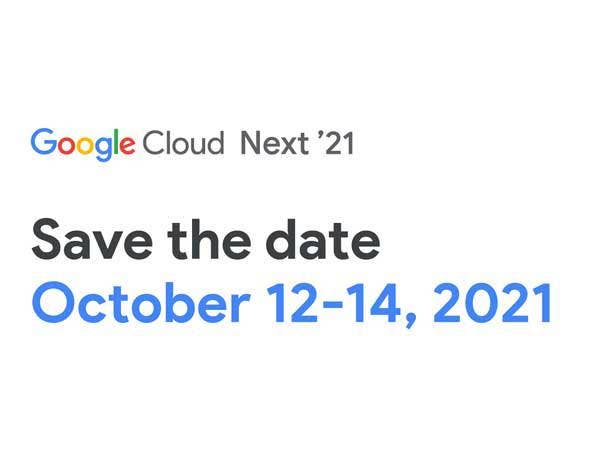
A new Google Cloud solution portfolio built on Anthos called Distributed Cloud, a packaged industry solution called Cloud Intelligent Products Essentials and new integrations and capabilities across the Workspace suite -- which includes Gmail, Docs, Drive and some of the company’s other popular apps -- are among the biggest announcements during the company’s annual Google Cloud Next conference for partners and customers.
Like last year, Google Cloud Next is virtual due to the global pandemic. It runs from Tuesday to Thursday.
[RELATED: The 10 Hottest Google Cloud Tools Of 2021 (So Far) ]
Google also announced new customer wins, including multinational manufacturer General Mills selecting Google Cloud as its “executive transformation partner” with Accenture, agreeing to migrate its SAP workloads, custom application workloads, hosted third-party applications, Windows licensing and Oracle Bare Metal Solution (BMS) to Google Cloud.
Fast food chain Wendy’s will use Google Cloud to build artificial intelligence and machine learning capabilities for new digital experiences. Siemens Energy inked a new, multi-year collaboration to use Google Cloud for its business infrastructure. And Deutsche Post DHL Group will use Google Cloud for new shipment tracking solutions, according to Google.
Miles Ward, chief technology officer at Los Angeles-based Google partner SADA Systems -- a member of CRN’s 2021 Managed Service Provider 500 -- told CRN in an interview that a key investment from Google is in making migrations easier for users.
“Customers are expecting all of this to get seamless,” Ward said. “In the earliest parts of the Google Cloud motion, we’d be like, ’Yeah, yeah, we’ll do anything you want as long as it’s not SAP and Oracle and VMware. Now we’re like, ’We will do everything, including SAP and Oracle and VMware.’”
He said that Google’s investment in Omni products to make multi-cloud environments easier for customers to implement, investment in more third-party applications across its product suite and continued investment in Anthos for production use cases at higher scale deployments have also been good for business.
The investment in independent software vendors (ISVs) and third-party integrations hasn’t come at the cost of channel partners, Ward said. “They’ve been really really aggressive about pulling us into more and more deals making it so that we’re a clear part of their delivery,” he said.
Here’s what you need to know.
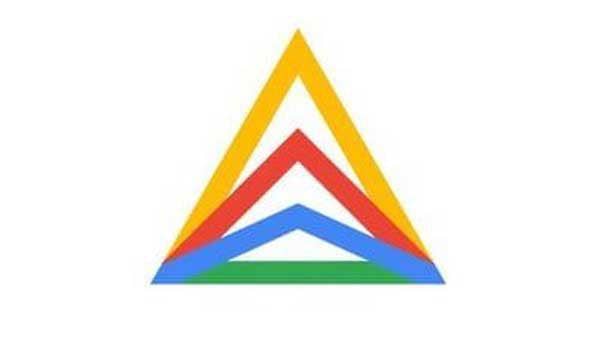
New Google Distributed Cloud Solution Portfolio
Google announced a new solution portfolio of fully managed hardware and software solutions called Google Distributed Cloud. The portfolio is built on the Anthos managed platform for deploying applications on multiple computing environments, including multiple clouds, on the edge and on-premises.
The goal of the portfolio is to help solve problems with moving to the cloud, said Sachin Gupta, Google Cloud’s vice president and general manager of infrastructure. These issues include low-latency environments, the cost of moving large amounts of data for data processing and requirements around security, privacy and data centers.
“This portfolio allows customers to focus on applications and business initiatives rather than the management of your underlying infrastructure,” Gupta said. “In other words, they can just leave the complexity to us.”
The portfolio aims to let customers run applications securely and remotely on and operator environments. Customers can also run the apps on their own data centers, stores, factories and other locations. Launch partners include Cisco, Dell and NetApp.
The first two products under this portfolio are Google Distributed Cloud Edge and Google Distributed Cloud Hosted. Distributed Cloud Edge, which is in preview, can deploy on Google’s 140-plus global edge locations, a communications service provider’s edge or the customer’s edge.
“5G enabled the launch of the gig economy and services like ride-sharing and food delivery,” Gupta said. “We see the power of 5G to unlock a similar wave of innovation by moving these compute workloads closer to the user. Together with our telco partners, we could reduce latency levels and offer a whole new range of mobile experiences that were simply not possible before.”
Google is working with AT&T, Nokia, Ericsson, Orange and other companies on these 5G edge offerings.
Distributed Cloud Hosted, which will be in preview in the first half of 2022, is aimed at users with strict security, data residency and privacy requirements so that they can modernize on-premises deployments without connecting to Google Cloud, he said.
Users can leverage Google’s services for data analytics and container management plus third-party services. Hosted is built on an open source stack with open application programming interfaces (APIs). Unlike Google Kubernetes Engine on-premises, which uses a link to Google Cloud, Distributed Cloud Hosted has a purely local control plane, Gupta said.
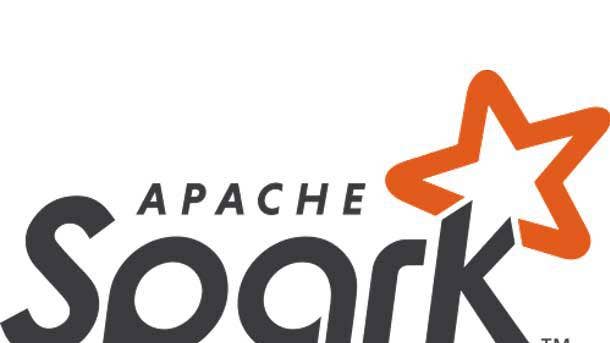
Spark on Google Cloud Previewed
Google announced a preview of Apache Spark on Google Cloud, which Gerrit Kazmaier, Google’s vice president and general manager for database, data analytics and Looker, called “the first fully managed, serverless and auto-scaling Spark service in the industry.” The tool is now in preview.
The feature will allow “data engineers and data scientists to work with Spark without worrying about cluster and configurations,” Kazmaier said. The feature is integrated in all of Google’s data services to launch from BigQuest, Vertex AI and from Dataplex.
“It makes using Spark so easy,” he said. “It allows our customers to use the frameworks and toolkits that they are familiar with” in a cloud native way.
The Dataplex intelligent data fabric tool was among the new tools Google Cloud unveiled at the first Data Cloud Summit in May.

Vertex AI Workbench Launched
Building on the Vertex AI unified building environment Google made generally available in May, the company is now launching Vertex AI Workbench, a managed notebook service that goes across all of Google’s data services, including BigQuery and Dataplex. The tool is now in preview.
“We see an incredible increase in productivity, more than a five times increase in development productivity,” Kazmaier said, “meaning reduced time of development because data scientists and data engineers do not need to context switch anymore. They have the same experience as they grow across the full ML development lifecycle. And as it’s a managed service, it is super easy to deploy and immediately available without configuring it in any infrastructure front.”
The Vertex AI tool is designed to help developers more easily build, deploy and scale machine learning (ML) models faster with pre-trained and custom tooling within a unified artificial intelligence (AI) platform.
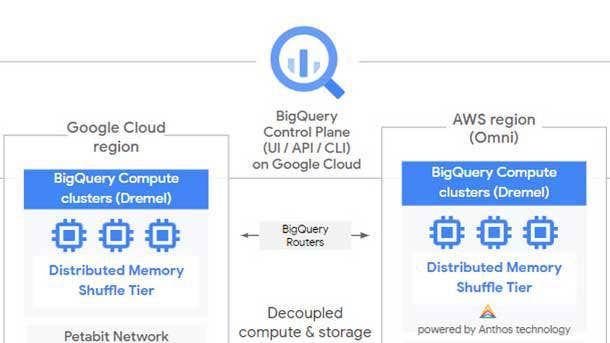
BigQuery Omni Now Generally Available
Google announced the general availability of BigQuery Omni, which aims to help users build cross-cloud analytics, combining data in Google, AWS and other cloud products in a single analytics experience. Current users include video game company Electronic Arts and Johnson & Johnson.
“With BigQuery Omni, we are breaking through the data silos that are emerging in a multi-cloud environment to give our customers the benefit of a unified analytics across clouds,” Kazmaier said.
Google introduced BigQuery Omni, which runs on Anthos clusters, in 2020. In May, the company launched a preview for Big Query Omni on Microsoft Azure.
Gupta said that Google has “a growing set” of Anthos-certified partners to help the product expand.
“We’re also making Anthos easier to use, we continue to focus on that,” Gupta said. “We’re staying aligned with upstream Kubernetes, which means that the general purpose skills that people have in Kubernete, also apply to Anthos environments.”

Cloud Intelligent Products Essentials
Google plans to launch a packaged industry solution called Cloud Intelligent Products Essentials for manufacturers to more quickly build artificial intelligence-powered smart products. These smart products can help give customers personalized experiences and create new ways for field technicians to feed data back to enterprises.
Dominik Wee, Google Cloud’s managing director of global automotive, manufacturing and energy, said the solution can provide new capabilities for health care, retail and supply chain customers as well.
The solution leverages “our own extensive experience in building intelligent products like Google Home,” Wee said. “It is designed to meet manufacturers where they are with their products being connected or disconnected today.”
More industry-specific, vertical solutions has long been part of Google Cloud CEO Thomas Kurian’s (pictured) strategy for growing the company’s market share.
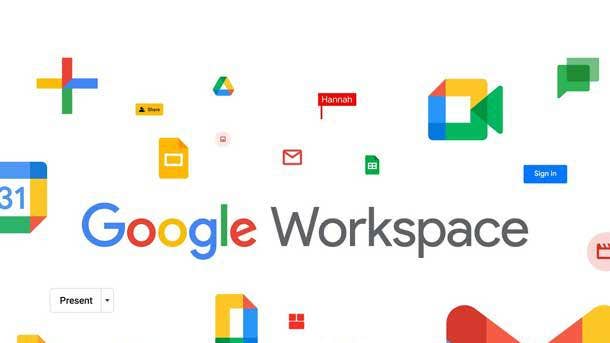
New Google Workspace Integrations
With Workspace continuing to grow -- Google announced that the suite reached net new momentum metrics of 4.8 billion installations of 5,300 public applications across more than 3 billion users -- Google unveiled new integrations and capabilities.
A new Workspace offering is the ability to use custom no-code AppSheet apps from within Gmail. And Atlassian’s Jira project tracking tool will integrate features with Google Workspace, allowing Chat and Spaces users to create new issues, monitor issues and see actionable previews at their computers and on mobile devices, according to the company.
The company’s Meet tool gained client-side encryption so that users have direct control of encryption keys and the identity service used to access the keys.
Chat gained data-loss prevention (DLP) abilities to prevent sensitive and confidential information from leaking. And Drive Labels became generally available so that organizations can classify stored files based on sensitivity, according to Google.
Earlier this year, Sundar Pichai, CEO of Google and parent company Alphabet, highlighted Google Workspace’s growth in the enterprise space during an earnings call today with financial analysts.
“Google Workspace continues to show strong growth, particularly in the enterprise space, because we have designed the product to meet the challenges of hybrid work,” Pichai said. “This includes the announcements we made at (Google I/O 2021, a developers conference) about smart canvas, as well as expanding our advanced security and compliance capabilities and solutions for frontline workers. These innovations are landing wins with companies like Carvana, the online auto retailer, and software company Red Hat.”

More Sustainability Features
Google Cloud is adding more features for environmental sustainability, according to the company. One such feature is carbon footprint reporting, which will become available for every Google Cloud Platform customer in the Cloud console. The feature was co-designed with Atos, Salesforce, L’Oreal and other customers. The carbon footprint product will also integrate with Salesforce Sustainability Cloud.
Google Cloud will also alert users of idle cloud instances and the associated carbon footprint. Deleting the instances should reduce the footprint. The Unattended Project Recommender API will include a carbon emissions saving estimate from removed idle resources and Active Assist Recommender will include a sustainability category, according to the company.
“By deleting these projects, not only can customers reduce their costs and mitigate security risks, but they can also reduce their carbon emissions,” said Jen Bennett, a technical director in Google Cloud’s office of the chief technology officer. “For example, we identified over 600,000 kilograms of CO2 equivalent in August associated with projects that Active Assist recommended for cleanup or reclamation.”
Google’s cloud offering also has a new partnership initiative with independent software vendors, bringing more than 50 petabytes of satellite imagery, demographics, mobility and telematics data to the cloud for BigQuery and Earth Engine users. ISVs already working with Google Cloud on this include Carto, Climate Engine and Geotab, according to the company.
Select enterprise customers will have access to a preview of Google Earth Engine for Google Cloud. The tool brings together elements of BigQuery, Cloud AI, Google Maps Platform and Earth Engine.
“Earth Engine enables companies to track, monitor and predict changes in the Earth’s surface due to extreme weather events or human-caused activities and can help save on operational costs, mitigate and better manage risk, as well as become more resilient to climate change threats,” Bennett said.
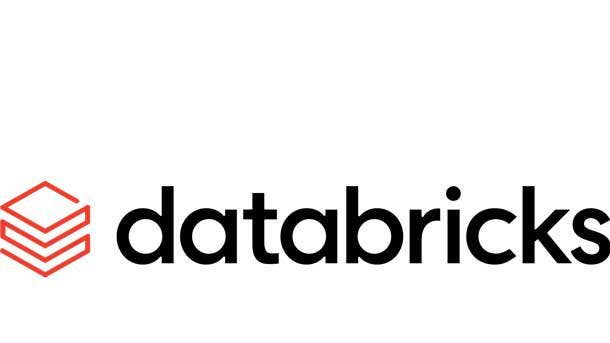
New Data Analytics Integrations
Google announced new data, analytics and artificial intelligence integrations with multiple software vendors.
Users of tools from data intelligence company Collibra can combine Collibra Data Intelligence Cloud with Google Cloud Dataproc, a managed service for processing large datasets, according to Google.
Google Cloud added new support for Databricks SQL and Databricks Photon on Google Cloud. Google Cloud also added new international support for Databricks online in places including Seoul and Singapore, according to Google. Earlier this year, the companies announced the availability of Databricks’ Unified Data Platform on the Google Cloud Platform, completing a trifecta for Databricks, whose software already runs on the Amazon Web Services and Microsoft Azure cloud platforms.
Informatica has expanded its Google Cloud partnership with the goal of accelerating migrations of Informatica services to Google Cloud and to add data governance, master data management and other Informatica services to the Google Cloud Marketplace, according to Google.
Google’s Looker business intelligence tool and Salesforce’s Tableau data visualization tool have new integrations. Tableau users will soon have the ability to use Looker’s semantic model for more data governance while Looker users can pair enterprise semantic layers with Tableau’s analytics platform, according to Google.
Trifacta and Google Cloud have expanded their partnership to give BigQuery more SQL endpoints, BigQuery jobs pre- and post-SQL and to improve BigQuery Upsert’s design time and pipeline execution speed by more than 60 times. Users can leverage Trifacta’s data engineering accelerators to generate faster business outcomes, according to Google.
HCL Technologies will bring its DRYiCE iAutomate platform to Google Cloud to add new IT operations lifecycle automation capabilities. Infosys will bring its Cobalt suite of enterprise digital transformation services to Google Cloud. And Tata Consultancy Services (TCS) will launch TwinX on Google Cloud to add new enterprise digital twin capabilities for business simulations, according to Google.
And finally, automated data integration provider Fivetran -- which has more than 1,000 joint customers with BigQuery -- has new pipelines from applications and databases to BigQuery, according to Google.

New Integrations For Infrastructure, Remote Working
Among the new infrastructure integrations for Google Cloud, the tech giant and NetApp have expanded their partnership to simplify migration and running business critical applications on Google Cloud. Google Distributed Cloud Hosted will use storage infrastructure from NetApp for user-owned data centers and colocation facilities, according to Google.
The companies also have a preview of NetApp Cloud Volumes as datastores for Google Cloud VMware Engine for users who want to migrate VMware workloads to Google Cloud, according to Google.
Another example of Google Cloud’s expanded infrastructure integrations is Elastic and MongoDB making generally available their support for Google Private Service Connect to allow for private, secure, quick cloud network connection to Elastic Cloud, MongoDB Atlas and other services, according to Google.
Google Cloud also announced new integrations to help with distributed teams and remote and hybrid working conditions. In one example, Citrix will support organizations’ transitions to hybrid work with new solutions for secure and low-latency access to applications and virtual desktops from different types of locations with Google Cloud, according to Google.
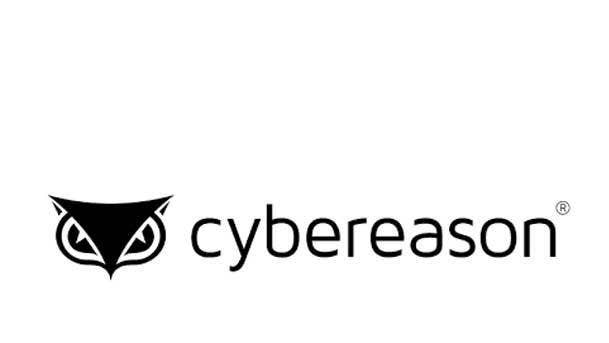
New Security Integrations
Google Cloud also announced new cybersecurity integrations with partners. One example is Cybereason using Google Cloud’s security analytics platform, Chronicle, to power its extended detection and response (XDR) service to create a cloud-native solution to prevent common attacks and provide threat hunting and incident response guides, according to Google.
Google has also announced Work Safer, a program to protect organizations from cybersecurity threats through offers that combine Workspace with other Google products and services and solutions from partners CrowdStrike and Palo Alto Networks.
The program brings together products including Recapture for website protection, Chrome Enterprise for desktop management and hardware including Chromebooks and Pixel phones.
Along with the new integrations and the new Work Safer program, Google has launched a cybersecurity action team to provide security advice and digital transformation for governments, critical infrastructure, enterprises and small businesses, said Phil Venables, Google Cloud’s chief information security officer.
The action team and Google Cloud will continue to work with security partners and marketplace solutions, he said.
“The vision of this team is to guide customers through the cycle of security transformation from their first cloud adoption roadmap and implementation through increasing their cyber resilience preparedness for potential events and incidents and engineering new solutions as requirements change,” Venables said. “This effort is going to begin with Google Cloud, building on our close partnerships with organizations of all sizes and will evolve over time to bring more of Google’s security to more organizations as it progresses.”